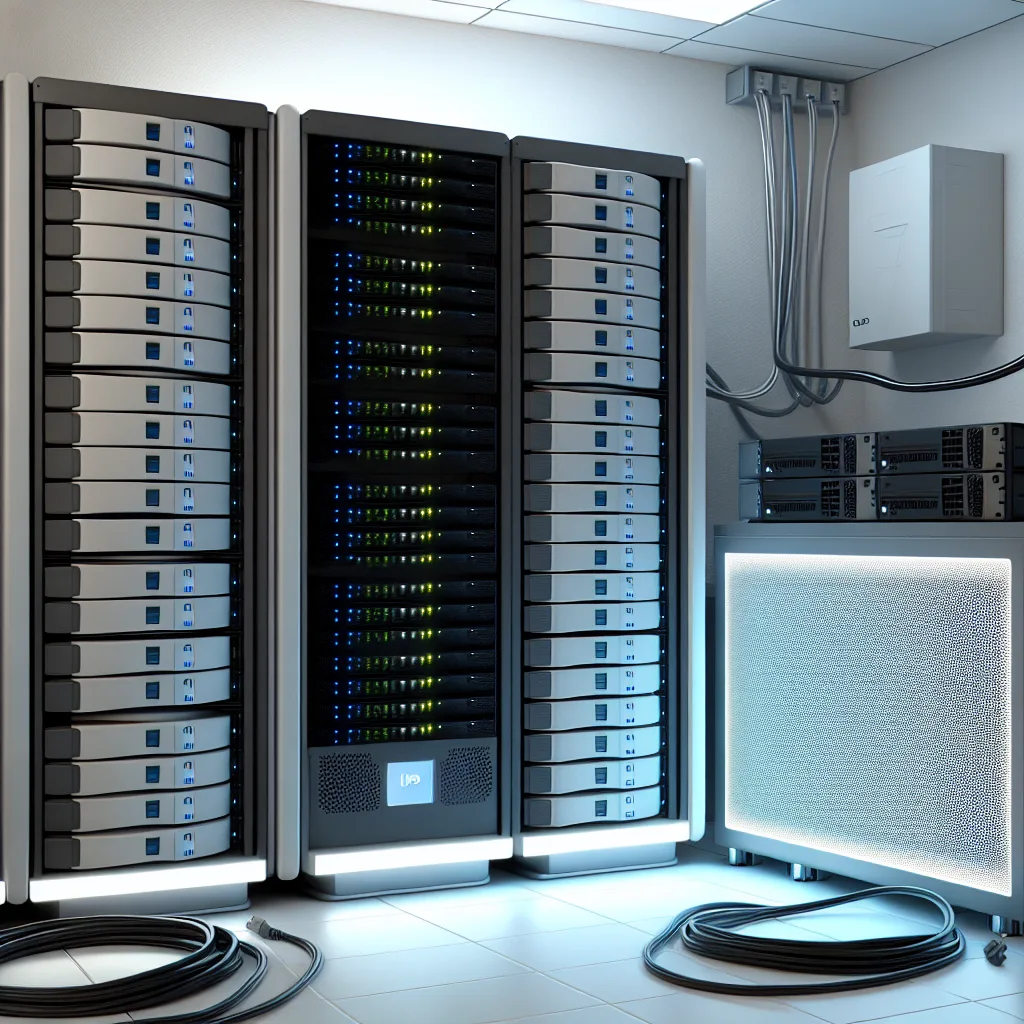Planning and optimizing a one-server homelab setup for media, virtualization, and smart home needs
If you’re thinking about creating a one-server homelab, I’m right there with you, parked at the starting line with a plan and a lot of questions. After running homelabs for a few years, I’m finally moving mine into a dedicated technical room, and the setup I’m planning aims to pack a lot into a single server box.
Why the focus on a one-server homelab? It’s about efficiency and simplicity—having everything from media streaming to IoT control and virtualization all in one neat package. But pulling that off takes a bit of thought. Here’s a breakdown of my setup, my goals, and some tips I picked up along the way.
My One-Server Homelab Setup
Here’s what I’m starting with hardware-wise:
– CPU: AMD Ryzen 9 5900X with 12 cores — solid multi-tasking power.
– RAM: 2 × 16 GB DDR4 at 3000 MHz — enough to handle multiple virtual machines.
– Boot/OS Drives: 2 × 1 TB M.2 NVMe in ZFS RAID 1 — fast and fault-tolerant.
– Storage: 4 × 14 TB HDDs, 7200 RPM, in ZFS RAID 10 — plenty of space with redundancy.
– GPU: Intel Arc A310 4 GB dedicated for Jellyfin media streaming.
As part of the house renovation, I opted to lay CAT 7 cables for my TVs and IP cameras. Might be overkill for cameras, but I wanted the extra bandwidth and shielding.
Goals for the One-Server Homelab
What I want from this all-in-one server:
– Run Jellyfin as a media server to stream 4K content smoothly to at least three users at once.
– Host a reliable IP camera recording system that’s always on.
– Virtualize everything — virtual machines and containers — so I can experiment with different services without clutter.
– Self-managed services for smart home IoT stuff, using PoE dongles that support modern Thread/Matter standards.
– And, crucially, add a UPS that keeps the whole system running for at least an hour for graceful shutdowns during power outages.
What Should You Know When Building a One-Server Homelab?
If you’re considering a similar setup, here are some things I learned planning mine:
1. Hardware Balance Matters
You want power, but also balance. For example, the Ryzen 9 CPU handles multitasking well, but don’t skimp on enough RAM if you plan to virtualize many services simultaneously. Storage configured with ZFS RAID adds both speed and protection—great for data integrity.
2. Network Infrastructure Isn’t Just About Speed
Running CAT 7 cables gave me future-proofing with better shielding and bandwidth headroom. Even if your devices don’t need that level, it helps with reliability and less interference — especially important for 24/7 IP cameras.
3. UPS is Your Insurance Policy
A UPS isn’t optional if you care about data and uptime. Even an hour of backup power can save your server and data during those unexpected outages. Check out APC UPS for reliable options.
4. Virtualization Flexibility
With chances to run VMs and containers, using something like Proxmox or VMware ESXi makes juggling services easier. It also keeps your media server and smart home services separated but on the same hardware.
5. Don’t Overlook Cooling and Power
A server running all day needs good cooling. Plan for adequate airflow and maybe quiet fans if noise is a concern. Also, make sure your power supply is efficient enough for the load and UPS.
Helpful Resources
For those diving into similar homelab ventures, here are a few good references:
– AMD Ryzen 5000 Series CPUs
– ZFS on Linux — for setting up storage with redundancy.
– Jellyfin Media Server — open source media streaming with 4K support.
Final Thoughts on My One-Server Homelab
Building a functional one-server homelab is about getting the right components, solid network setup, and planning for power reliability. It’s a satisfying challenge that can give you a powerful hub for media, smart devices, and learning all in one box. Whether you’re starting your own setup or just curious, keeping these basics in mind will save you headaches down the road.
Feel free to share your thoughts or ask questions if you’re thinking about building something similar. It’s fun to tweak and improve along the way — just don’t forget the UPS!
